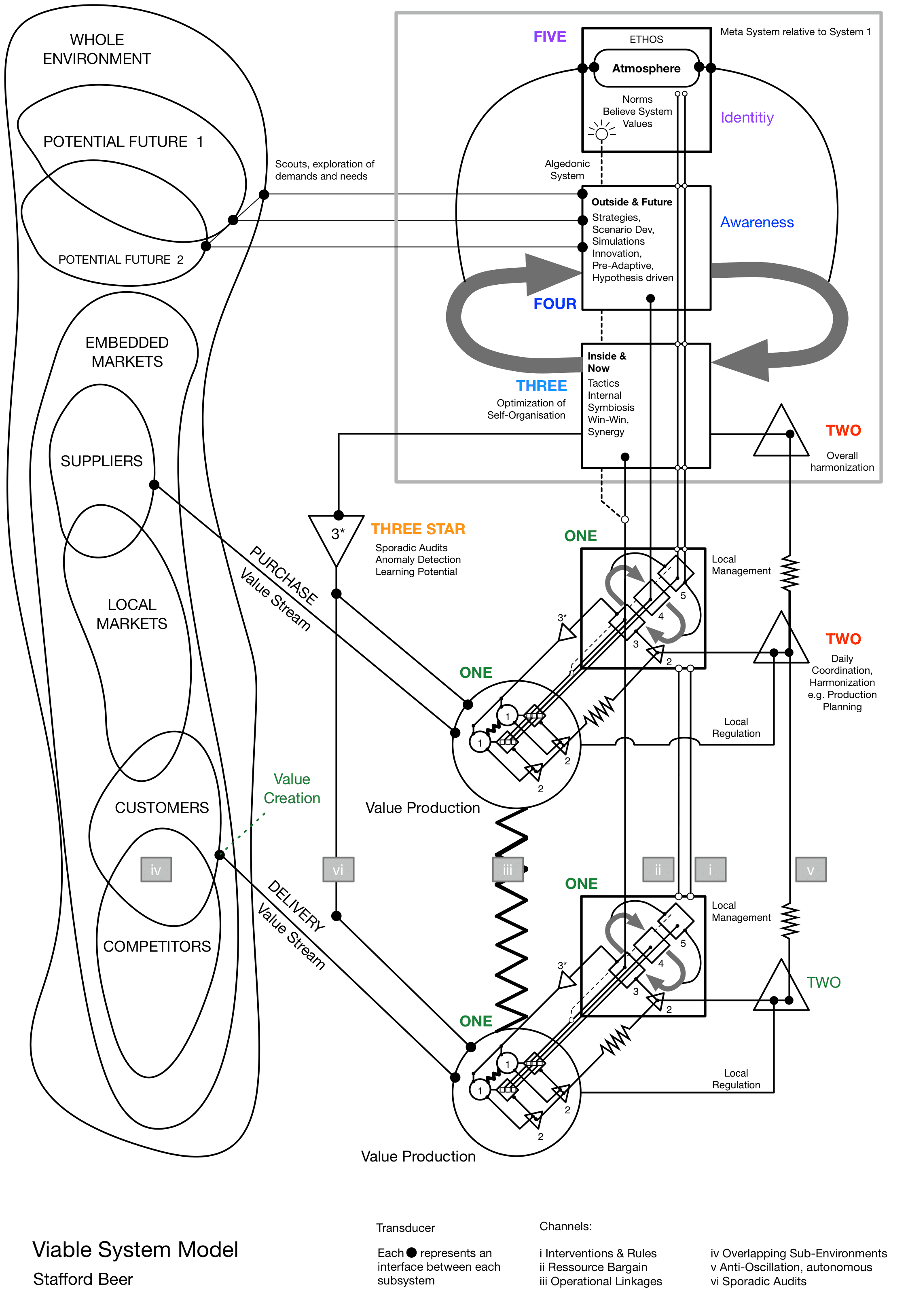TB872: Experiencing situations of change
Note: this is a post reflecting on one of the modules of my MSc in Systems Thinking in Practice. You can see all of the related posts in this category.

I’m now into Week 2 of my MSc, and I love that this course is focused on praxis (i.e. theory-informed practice). I’m going to use what I learned about different types of change to inform my answer to the first activity of this week:
Describe, perhaps in a list or a diagram, some situations of change, either intended or not, that you have experienced and that may have motivated you to study this module. Explain whether you or your colleagues have been able to effect or not effect change in any of these situations. Based on these situations and your capacity to affect change or not, what do you feel able to say about general aspects of change?
I’m very tempted to create a diagram of my career to date, but given that this is supposed to be a 20-minute activity and I’ve had quite a varied career, I’ll stick to writing. Even, then, I know that this is going to take me a while. But it’s interesting, so here we go…
As my CV and LinkedIn profile shows, I’ve had a varied career. At the heart of it has been a focus in learning, technology, and community. Underpinning it all is an interest in how things change, which began with my studying Philosophy and has taken me here, to studying Systems Thinking in Practice (STiP).
I’ve worked in the following areas, all of which have varying contexts and comprise different situations of change:
Schools
Starting off, I was a teacher at the lowest rung of the ladder. I then skipped middle management, and moved straight to senior management at the Academy that took over schools I had attended growing-up. In this environment, change was implemented, either at a national level through curriculum reform, new initatives, or through the effect of legislation.
That change often looked different in practice, however, as there are always unintended consequences of applying initiatives at a distance from where the action takes place. At least when I was teaching, once you close the classroom door, educators have a fair bit of leeway — so long as they ensure students obtain appropriate results. I saw a lot of national, local, and organisation-level change approaches fail because they were not consultative; they did not fully understand the context they were trying to change.
Reflecting on it now, over a decade later, the approach in the tough school I worked in was (perhaps implicitly one focused on Failure-Demand/Value-Demand Change. In other words, the focus was on improving capacity by reducing failure-demand so that more time could be spent on value-demand. I got seriously burned out in my first school because the combination of failure-demand (the school was in Special Measures and then merged in my NQT year) and value-demand (Polish immigration meant bright kids who couldn’t speak English being put in classes with local kids who could barely write their name).
Interestingly, when I went to work at a high-achieving specialist school, I think the Headteacher (an Oxbridge graduate) did understand some of how change worked in an institutional context. I’d say that the reasons for the success of that school, over and above the catchment, was a focus on Appreciative Change. For example, he saw that I, despite being a History teacher, had a love for technology, and made asked me to become E-Learning Staff Tutor, dedicating 50% of my timetable to teaching other staff about tech integration.
The less said about the last school I worked in, the Academy, the better. Suffice to say that not only was it a tough area, but the person coming in as Principal tried to use an approach that had proved successful in a large London school. However, this was semi-rural Northumberland, and the approach didn’t work. He didn’t understand (or seem to what to know) the context. I’m not sure what the change model was there, probably Failure-Demand/Value-Demand Change. Either way, it didn’t work, I bumped heads with him, and ended up leaving.
In summary, I found that the tough schools I worked in had a hierarchical, command-and-control kind of approach. During my Ed.D. I read Gareth Morgan’s seminal book Images of Organization. It felt like those in control used the metaphor of organisations as machines and therefore a Failure-Demand/Value-Demand Change capacity-focused approach was necessary. This was very different to the more successful schools which seemed to use the metaphor of organisations as organisms or cultures and therefore need to be nurtured and developed.
Universities
From there I went to work at a university on national projects as a researcher/analyst while finishing my Ed.D. My line manager there was one of the best I’ve had: empathetic, organised, efficient, and very good at ‘selling’ the value of our team to others. If I discovered that he was using a Viable System Model I wouldn’t be at all surprised, because not only was there a focus on improving the day-to-day operations of our organisation (System 1) but the coordination and communication with other services (System 2) was excellent, and there was a relentless focus on processes (System 3).
He was often first to volunteer our organisation as part of initiatives within the wider network, recognising the need to adapt and change (System 4), and that meant that we had an outsize impact and voice within the policy-making of the wider network and parent organisation (System 5).
Working with other organisations within the wider service was interesting because they were often run quite differently. This, to some extent, depended on their area of focus. Our remit was innovation, whereas others was compliance. Either because of the nature of the work, or the individuals attracted towards it, they viewed collaboration differently. I can remember one example where I was asked about the ‘Return on Investment’ (ROI) of something I was doing, and I just shrugged my shoulders. That’s not how early-stage innovation works, in my experience, as it’s too hard to measure.
Tech organisations
After a couple of years, I was asked to work for the foundation that owned a tech company, as I’d been enamoured by some work they were doing which I thought could revolutionise education. I’ve now spent over a decade working on Open Badges and, more recently, Verifiable Credentials. I mention this because, in addition to thinking about change within the organisation I worked for, I was also part of the Open Badges team, and then led work globally on a standard approach to Web Literacy.
Thinking about change from an organisational point of view, the change that happened was largely dictated by funding. Large philanthropic institutions can easily completely change the focus of what and how people are working in a particular sector by funding specific things. Although, as we had developers and product managers there was a lot of Agile Change, there seemed to be a lot of change-by-fiat, or what I’d call “the cool opinions” of wealthy and influential people.
I’m proud of the work I did there, but looking back it could have been so much more effective had we used a more Systems Thinking-informed approach. For example, we could have potentially weaned ourselves off large-donor funding which would have made us more user-centric. Market forces are not always forces for good, but when money is coming from elsewhere, it’s sometimes easy to ignore what your actual target users are saying — either to please funders, or because what they want is difficult/undesirable to implement.
Consultancy
Next, I set up my own consultancy business with my main client being an awarding body focused on vocational learning. They were in the midst of acquiring a start-up, which was like fire meeting the ice of their 140-year-old organisation. I did try and warn them that the bureaucratic nature of their business would not work well with a tech startup which implemented agile methodologies.
Looking back, it was Failure-Demand/Value-Demand Change meeting Agile Change. It didn’t go particularly well, I’d say. The startup was acquired, analysed, and after a few months, shut down.
Other clients, for example an organisation serving schools in London, did seem to have an understanding that they needed to innovate in the way they operated and changed. But in that specific example, they were beholden to the changes within the formal education sector, which were entirely beyond their control as a service organisation. As a result, although they wanted to implement Agile Change, and did a great job of Appreciative Change with their staff, to keep control of costs, they used an (implicit) Failure-Demand/Value-Demand Change approach.
As an external advisor, it’s difficult not to get caught-up in the politics of organisations with which you have a longer-term relationship. Getting close enough to do the work to effect change means that you are identified with the change process itself. Keeping more aloof means that what you’re suggesting is just another presentation staff are attending or document they’re ignoring.
It wasn’t all plain sailing, but the success I had as a consultant involved focusing on what organisations were doing well. So, although I didn’t call it that at the time, it was a form of Appreciative Change.
Co-op Founder
After starting to subcontract some work to friends and former colleagues, a few of us decided to set up a cooperative. Apart from a stint as a Product Manager for a tech company, which I’ll skip over for the sake of this narrative, I’ve spent the last seven years working with clients. These have ranged from individuals and tiny charities, to huge organisations and NGOs.
Thinking about our co-op, I think we very much use (again, implicitly) an Appreciative Change approach coupled with Agile Change. Our members have all worked for tech organisations, so the latter comes naturally. The former stems from our relationships with one another, recognising that we’re not ‘cogs in a machine’ and it would be difficult to replace the exact skillsets each of us brings to the table.
When you’re not working within a hierarchical organisation, and when you all own the business, there have to be ways to defuse conflicts and disagreements. In regular organisations, this can be done either through mediation or by ‘disciplining’ staff. The latter, for example, leans on the command structure to make implicit/explicit threats, or ultimately firing people.
Our co-op has had to learn from other, similar organisations’ ways of defusing tensions. These tensions often come around change and trying to agree on the best way forward. So, for example, we use elements of Sociocracy to create a psychologically-safe work environment. This includes consent-based decision making which, when coupled with Nonviolent Communication, can be extremely productive.
I mentioned the book Images of Organization earlier. I feel like the shared metaphor we have at the co-op is more like understanding our organisation as a brain. That is to say we highlight learning, intelligence, and problem-solving capabilities.
OK, that was way more than 20 minutes. But it was interesting to apply retrospectively some lenses to work I’ve already done. I feel like I understand more of the approaches to change now.
I think that my experience has shown that organisations can get trapped in a certain way of understanding change, partly because of external factors. That’s why I’m interested in the Value System Model (VSM) approach because it looks like it could integrate lots of different aspects from both inside and outside the organisation.
Image: DALL-E 3



